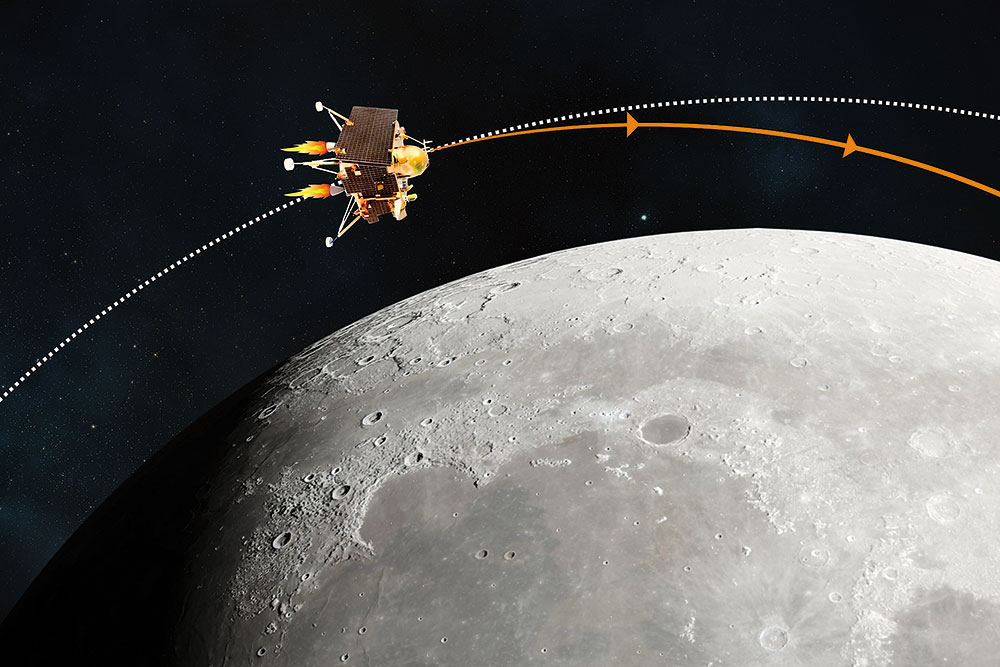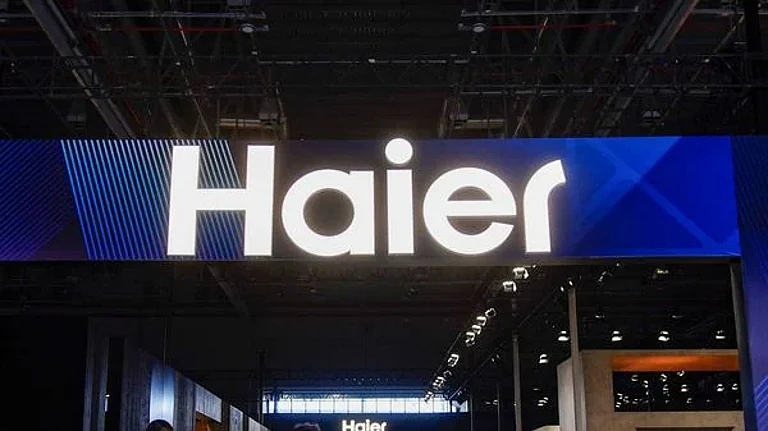The failure of the Chandrayaan 2 mission weighed heavily on the Indian Space Research Organisation (ISRO) when it was preparing for Chandrayaan 3. The touching down of the Vikram lander became a national event, with people from different corners of the country logging in to witness what they hoped would be a historic moment. ISRO did not disappoint. On August 23, Vikram made a soft landing on the lunar south pole, making India the first country to do so.
“Mastering the technology of safe and soft landing is of paramount importance. It is not just the achievement of the scientific and technical community, but has become the country’s achievement,” says P. Veeramuthuvel, project director of Chandrayaan 3. He says that it will give boost to the Indian space industry. Top space agencies are now reportedly lining up to procure technology from India.
Veeramuthuvel points out that NASA has shown interest in procuring laser-based instruments used in the mission, while other space agencies have requested data about how ISRO operated the rover.
Learning from Mistakes
The accomplishment of Chandrayaan 3 has not come easy to India. “Every day was a challenging day for us. For almost four years, we had continuous sleepless nights for accomplishing this mission,” Veeramuthuvel recalls. The journey involved introspecting the failure of the previous mission and coming up with course correction. “Lander has been made more robust in terms of hardware as well as software. We also strengthened the lander legs. We added a new sensor called Laser Doppler Velocimeter that was not in Chandrayaan 2,” he explains.
The lunar mission required exhaustive testing and simulations. “We created artificial craters and boulders in Chitradurga [in Karnataka], and performed a series of tests to characterise sensors thoroughly.” Throughout the making of the spacecraft, academic experts and former and current ISRO scientists reviewed the test results and created necessary guidelines for repairing or replacing components from the previously built modules.
The hard work showed in unexpected ways as Vikram successfully performed the hop experiment, showcasing a technical ability to the world that could become useful in future. “The hop experiment was not planned, but we could demonstrate our capability within a short span of time. It is a precursor to the future lunar sample return missions,” says Veeramuthuvel.
The Art of Resourcefulness
The budget allocation for the country’s Department of Space for 2023–24 saw an 8% reduction compared to the previous year. However, that has not prevented ISRO from continuing with its space ambitions. ISRO is known for its frugality and cost-efficient operations. The total cost of the Chandrayaan 3 mission was $75 million. Netizens were quick to point out that this was less than half of the $165 million cost of Interstellar, a Hollywood film set in space.
A similar comparison had been made earlier between Chandrayaan 2 and the hugely popular film Avengers: Endgame.
It is reported that when India’s space programme was launched soon after the independence, the access to resources was so low that rocket parts were carried on bicycles and bullock carts for the first satellite Aryabhatta. In 2014, the Mars Orbiter Mission, which made India the first country to land on Mars in the first attempt, was accomplished on a budget of Rs 450 crore (approximately $73 million), whereas NASA’s Mars Science Laboratory Curiosity mission was allocated $3.2 billion.
Staying on the Trajectory
After Chandrayaan 3, ISRO launched Aditya L1, India’s first mission to study the sun, in September this year. Last month, the satellite captured its first high-energy solar flare in X-ray. The agency’s X-Ray Polarimeter Satellite (XPoSat) is likely to be launched later this year. Scheduled for launch next year, the Gaganyaan mission will be the first-ever human mission of India. It will carry three astronauts into an orbit of 400 kilometres for three days. ISRO has also planned the launch of NISAR observatory in collaboration with NASA, which is aimed at understanding the Earth’s changing ecosystem, in the first quarter of 2024.
The launch of the Venus orbiter mission, informally called Shukrayaan, to study the surface and atmosphere of the planet, has been tentatively scheduled for December 2024 with an alternative launch window in 2031. India is planning to collaborate with Japan for Lunar Polar Exploration Mission in 2026. Dubbed as Chandrayaan 4, this mission aims to confirm the presence of water-ice on the lunar south pole and analyse the quantity and quality of lunar water.
After the successful launch of the test vehicle for Gaganyaan mission, Prime Minister Narendra Modi told ISRO chairman S. Somnath to plan for an indigenous space station by 2035 and land humans on the moon by 2040. These plans are ambitious, but then ISRO has a proven track record of accomplishing arduous assignments.











